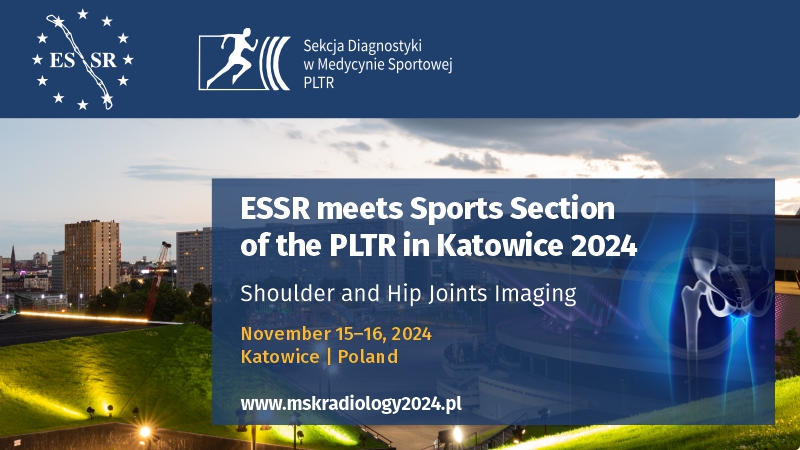“Journal of Ultrasonography” gets an IF!
Sonographic rectal enema (“hydrocolon”) for diagnosing large bowel pathologies in infancy – pictorial review to demonstrate feasibility and value
Eszter Nagy, Sebastian Tschauner, Michael Riccabona
J Ultrason 2023; 23: e23–e27
Evaluation of the relationship between quantitative ultrasound findings and morbidly adherent placenta
Fatemeh Sadeghi Ardakani, Fatemeh Tara, Amir Mahmoud Ahmadzade, Nafiseh Saghafi, Farrokh Seilanian Toosi, Farzaneh Khoroushi, Maryam Emadzadeh, Sara Mirzaeian, Behzad Aminzadeh
J Ultrason 2023; 23: e10–e14
Diagnostic efficacy of ultrasonography, Doppler ultrasonography and elastography in the evaluation of suspected malignant lymph nodes
Hülya Çetin Tunçez, Ali Murat Koç, Zehra Hilal Adıbelli, Fatma Zeynep Arslan, Asuman Argon, Gülşen Yücel Oğuzdoğan
J Ultrason 2023; 23: e1–e9








